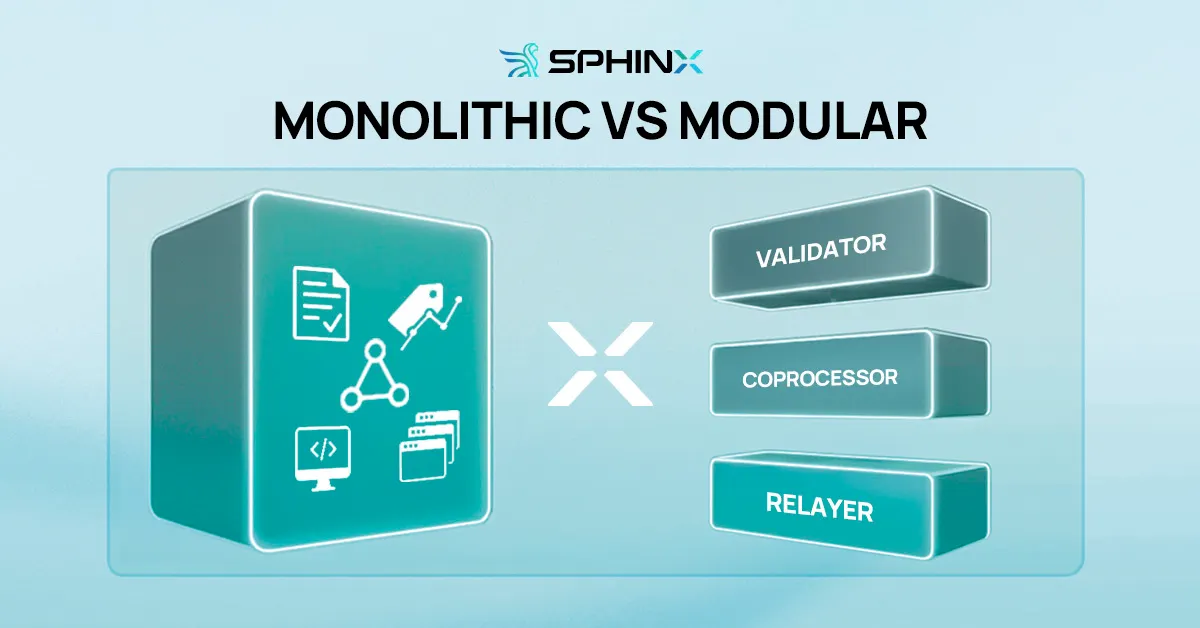
Top 5 CMS Platforms for 2023

Austin Sphinx
Sep 25, 2025
Commodities are the lifeblood of modern civilization. Crude oil fuels transport and industry, natural gas powers homes and manufacturing, wheat and soybeans feed billions, and metals like copper and lithium underpin everything from wiring to batteries. The scale is almost incomprehensible: the commodities complex underpins nearly a quarter of global GDP.Yet despite its scale and criticality, commodities trading still operates on infrastructure that hasn’t meaningfully changed in decades. Legacy clearinghouses, paper-heavy contracts, delayed settlement cycles, and opaque pricing models dominate a system worth trillions annually.If global trade were a circulatory system, commodities are the blood — but the arteries are clogged.
The Market Today: Enormous, Profitable, but Inefficient
Scale and Growth
- The global commodity trading services market (covering trading, logistics, hedging, and risk management) was valued at USD 4.37 trillion in 2024, with forecasts projecting it to reach USD 7.2 trillion by 2033 at a 5.7% compound annual growth rate (CAGR).
- Within this, commodity trading houses — like Vitol, Trafigura, and Glencore — have emerged as some of the most profitable firms in finance. Gross profits ballooned from USD 36 billion in 2018 to USD 148 billion in 2022, before settling to around USD 105 billion in 2023.
- Even in a “down” year, 2023’s profits were still 3× higher than the long-term average of the 2010s.
This is a business that thrives on volatility, liquidity, and scale.
Concentration of Power
Despite the size, the market is dominated by a small group of global traders and banks. A handful of firms move the majority of the world’s energy and metals. This concentration reinforces information asymmetries and limits opportunities for new entrants.
For mid-sized traders or regional operators, the hurdles remain daunting: significant capital requirements, complex risk models, and infrastructure that favors incumbents.
Where the System Breaks Down
For an industry so vital, commodities trading is riddled with inefficiencies:
- Settlement delays: Futures trades typically settle over several days. In that time, billions in capital sit idle, unavailable for redeployment.
- Margin inefficiencies: High margin requirements make hedging more expensive and speculative trading less flexible. Smaller players get squeezed out.
- High operational costs: Clearing and back-office reconciliation consume enormous resources. For many firms, back-office headcount is as large as the trading desk itself.
- Fragmented, opaque markets: Pricing and liquidity are often concentrated in specific exchanges or intermediaries. Transparency is limited, creating uneven playing fields.
- Resilience concerns: Legacy systems are brittle. In a world of cyber threats and real-time risk, many clearinghouses still rely on decades-old infrastructure.
Why Disruption Is Inevitable
The industry is reaching an inflection point. Several forces are converging:
- Volatility is rising
From wars in Ukraine and the Middle East to climate-driven supply shocks, commodity prices swing more violently and frequently. Traders need faster tools to hedge, speculate, and rebalance. - Capital efficiency is king
With interest rates at multi-decade highs, idle collateral is more expensive than ever. Every day of delayed settlement comes at a real cost. - Generational shift
A new cohort of traders, raised on crypto and fintech platforms, expect instant settlement, intuitive interfaces, and global access. They see commodity markets as archaic by comparison. - Regulatory adaptation
Regulators in financial hubs — from the FCA to the Bermuda Monetary Authority — are opening the door to blockchain-based infrastructure, recognizing its potential to reduce systemic risk. - Technological readiness
Advances in blockchain throughput (10,000+ TPS), real-time risk engines, and institutional-grade custody now make it possible to re-architect market rails without sacrificing security.
The case for change is not theoretical. It’s urgent.
Beyond Tokenization: Why “Digital Barrels” Won’t Scale
For years, tokenization was touted as the silver bullet — digital tokens representing barrels of oil, bushels of corn, or tons of copper. While flashy, this approach hasn’t delivered real impact, and for good reason:
- Regulatory fragmentation: Commodities move globally, but token rules differ jurisdiction by jurisdiction. Harmonization is unlikely anytime soon.
- Operational headaches: Tying a token to a physical asset (in storage, transit, or production) creates fraud risk and adds complexity without solving core issues.
- Liquidity trap: Tokenized markets often remain siloed and thinly traded, disconnected from the deep liquidity pools where institutions operate.
- Wrong problem, wrong solution: Tokenization digitizes the asset, but it doesn’t address settlement lags, high margin requirements, or inefficient clearing.
In short: tokenization is interesting at the margins, but it doesn’t scale to trillions in global commodities flows. The real opportunity is rethinking the infrastructure, not the asset.
.avif)
Choose Your CMS
Find the perfect platform for your needs.
.avif)
Choose Your CMS
Find the perfect platform for your needs.
Suggested Articles


Austin Sphinx
Sep 25, 2025
Sphinx Architecture: Why Modularity Unlocks Institutional-Grade Trading
Lorem ipsum dolor sit amet, consectetur adipiscing elit. Ut et pharetra neque. Vivamus placerat mi lectus, ut vulputate nunc auctor.


Austin Sphinx
Sep 25, 2025
Choosing the Right CMS for E-commerce
Lorem ipsum dolor sit amet, consectetur adipiscing elit. Ut et pharetra neque. Vivamus placerat mi lectus, ut vulputate nunc auctor.


Austin Sphinx
Sep 25, 2025
The Future of Content Management Systems
Lorem ipsum dolor sit amet, consectetur adipiscing elit. Ut et pharetra neque. Vivamus placerat mi lectus, ut vulputate nunc auctor.


.avif)
Trade with GCX
Why wait for Monday. No clearing risk. No middlemen.
